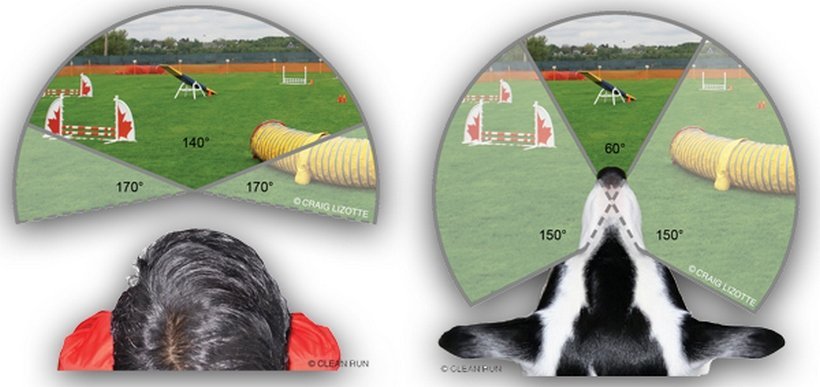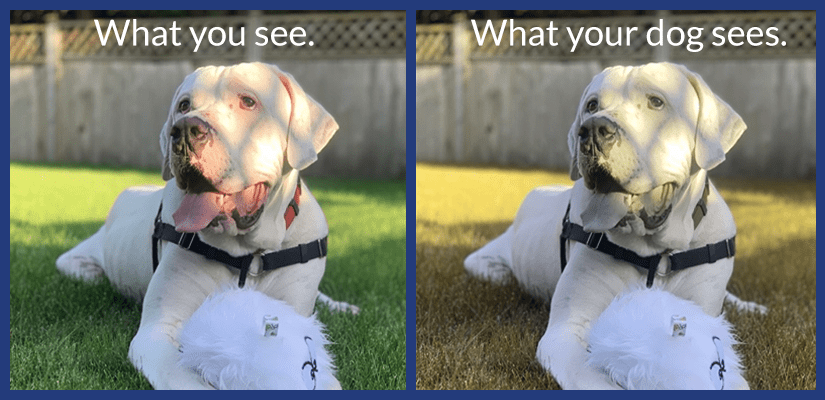Our dogs may have better eyesight and night vision than us however their eyes contain 1 10 of the cones in the retina that allow humans to see more colors

Our Dogs: Masters of Night Vision, but Limited in Color Perception
Did you know that our beloved furry friends may possess superior eyesight and night vision compared to us humans? Yes, you heard that right! Our dogs have evolved to excel in certain visual abilities that surpass our own. However, when it comes to perceiving a wide range of colors, they fall a little short.
A Closer Look at Canine Vision
To appreciate the remarkable eyesight of our canine companions, we need to understand the structure of their eyes. Dogs, like humans, have a retina—a thin layer of tissue at the back of the eye that receives light and transmits the information to the brain for interpretation. Within the retina, specialized cells called rods and cones are responsible for processing different aspects of our visual world.
Rods, which are highly concentrated in a dog’s retina, play a crucial role in low-light conditions, allowing them to navigate and spot objects even when the sun goes down. This explains why dogs can often sense movement or spot a squirrel scampering across the lawn long before we do. Their exceptional night vision is a result of a higher number of rods, enhancing their ability to detect even the faintest of light.
On the other hand, cones, which are concentrated in the center of the retina known as the fovea, are responsible for color discrimination and visual acuity. Unlike humans, dogs have fewer cones in their eyes—approximately one-tenth of what we possess. This difference limits the range of colors they perceive.
Doggy Color Palette
While dogs may not be able to see the world in all its vibrant hues, they still experience a rich tapestry of colors, albeit in a narrower spectrum. Research suggests that dogs primarily perceive colors in shades of blue and yellow. Reds, greens, and oranges appear more subdued or even as shades of gray.
Their limited color vision can be compared to a human with red-green color blindness, but it’s important to remember that dogs don’t experience color blindness in the same way as humans. Rather, their eyes are simply not designed to discriminate between various colors as effectively.
The Enigma of Color Perception
It’s intriguing to ponder why our furry friends have evolved with this mix of superior night vision and a limited ability to perceive colors. One theory suggests that dogs are descended from nocturnal predators, and their eyes have adapted to aid them in hunting during twilight hours. Their excellent motion detection and night vision enable dogs to track their quarry with precision, even in dim lighting conditions.
While dogs may not have the full spectrum of color vision that humans enjoy, their remarkable ability to detect motion and navigate in low-light environments more than compensates for this limitation. So let’s not underestimate the true masters of night vision we are fortunate to share our lives with.
For more information on this topic, you can refer to Pets Doc.


Related Posts
Quick Links
Legal Stuff

